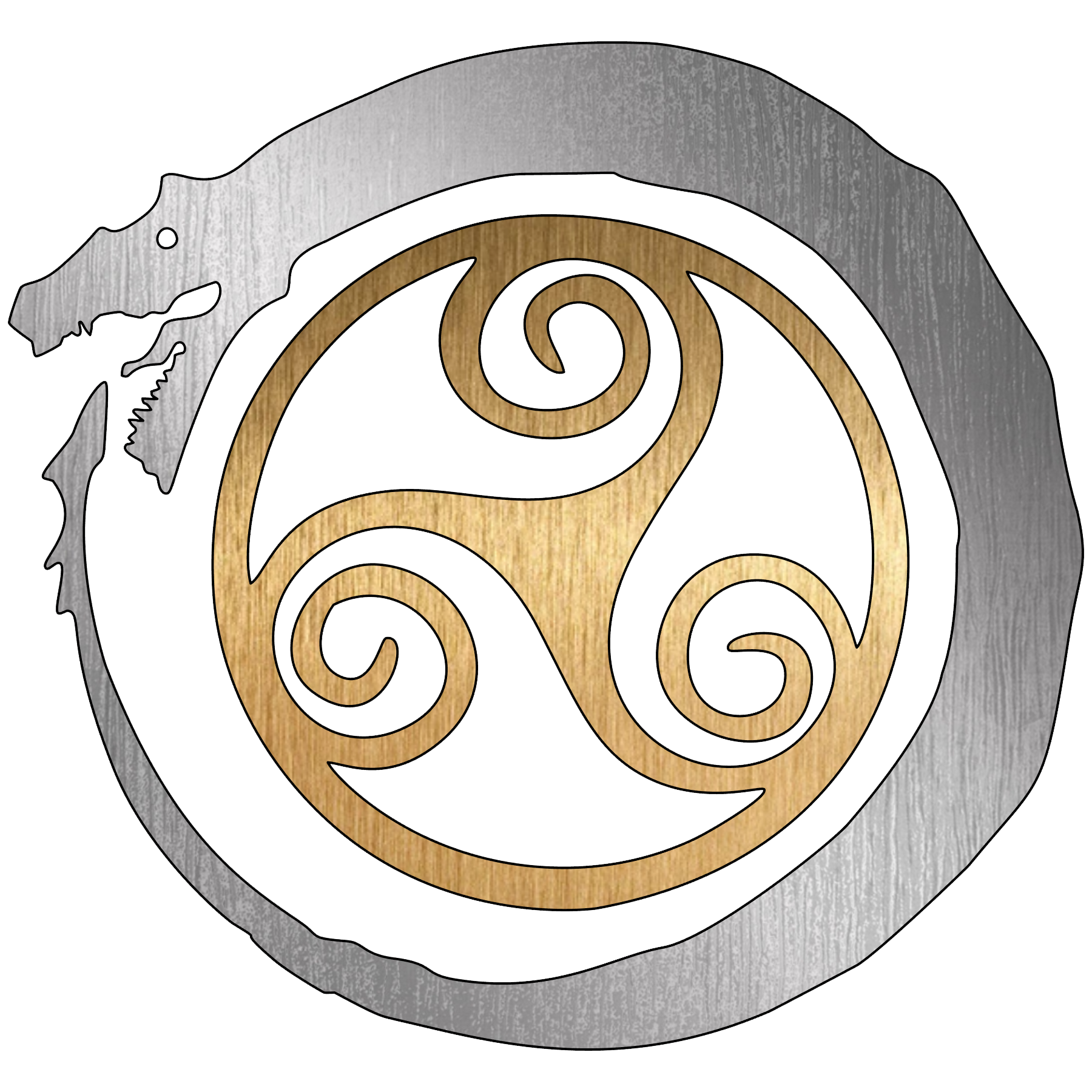The Vietnam War was a long, costly armed conflict that pitted the communist regime of North Vietnam and its allies in South Vietnam, known as the Viet Cong, against the government of South Vietnam and its principal ally, the United States. The conflict began in 1959 and ended in 1975.
The Vietnam War was the second-longest war in U.S. history, after the war in Afghanistan. It resulted in the deaths of more than 58,000 American soldiers and an estimated 2 million Vietnamese soldiers and civilians.
The war also damaged the United States’ image around the world and deepened the divide between the American people at home.
On January 27, 1973, the Vietnam War came to an end with the signing of the Paris Peace Accords. The agreement called for a cease-fire in South Vietnam, the withdrawal of American troops, and the release of American prisoners of war.
The accord also recognized the North Vietnamese-backed government of South Vietnam, known as the Provisional Revolutionary Government (PRG).
The cease-fire did not last long. In 1974, North Vietnamese forces began preparing to attack South Vietnam and the cease-fire soon collapsed, leading to the fall of Saigon in 1975 and the complete reunification of Vietnam under North Vietnamese control.
What was the Vietnam War?
The Vietnam War was a long and costly armed conflict that pitted the communist regime of North Vietnam and its allies in South Vietnam, known as the Viet Cong, against the government of South Vietnam and its main ally, the United States. The war lasted from 1959 to 1975 and resulted in the deaths of more than 58,000 American soldiers and an estimated 2 million Vietnamese soldiers and civilians. The war also damaged the United States’ image around the world and deepened the divide between the American people at home. The conflict began as a civil war in South Vietnam between the US-backed South Vietnamese government and communist forces. After the US became directly involved in the conflict in 1964, the war escalated in both scope and scale. By 1968, more than 550,000 American soldiers were serving in the region. The war finally ended with the signing of the Paris Peace Accords on January 27, 1973.
What led to the 1973 Cease Fire?
The Paris Peace Accords, which were signed by all parties—the government of North Vietnam, the government of South Vietnam, the North Vietnamese-backed Provisional Revolutionary Government (PRG), and the United States—marked the formal end of the Vietnam War. The agreement was based on a cease-fire in South Vietnam, the withdrawal of American troops, and the release of American Prisoners of War (POWs). The Agreement also established the provisions for the reunification of North and South Vietnam. It fixed the borders, established a regime of respect for human rights, and provided a framework for future negotiations between the parties. The ceasefire marked the first step in a long process of reconciliation between North and South Vietnam.
The Aftermath of the Cease-Fire
Although the Paris Peace Accords represented a moment of calm between the combatants in the Vietnam War, the situation on the ground in South Vietnam quickly deteriorated after the cease-fire. Facing a boost in morale from the signing of the Accords, North Vietnamese forces launched a series of offensives in South Vietnam that saw the PRG capturing more and more cities and provinces. In 1975, the North launched a massive invasion of South Vietnam and quickly overran the South, unifying the country under communist rule. The fall of South Vietnam and the ensuing communist takeover of the country had far-reaching consequences. Many South Vietnamese civilians were displaced or forcibly resettled in labor camps, and the United States came to regret its intervention in the region.
Why is the 1973 Cease-Fire still important?
The 1973 Paris Peace Accords was an important historical moment, as it effectively ended the Vietnam War, a conflict that cost millions of lives and left deep scars in the region. The cease-fire also established the first official recognition of the North Vietnamese-backed Provisional Revolutionary Government (PRG) and the reunification of North and South Vietnam. The cease-fire was also instrumental in the negotiations that followed, leading to a renewed US diplomatic approach to the region and the eventual normalization of relations between the United States and Vietnam.
Cease-Fire in Summery
The Paris Peace Accords of 1973 brought an end to the Vietnam War and established a temporary cease-fire between the North and South Vietnamese forces. The Agreement provided a framework for future negotiations between the parties and recognized the North Vietnamese-backed Provisional Revolutionary Government (PRG). The cease-fire was a temporary respite for the people of Vietnam and provided the foundation for future peace and reconciliation between North and South Vietnam. The Accords are still remembered today for their role in ending the conflict and for their influence on the outcome of the war.

No responses yet